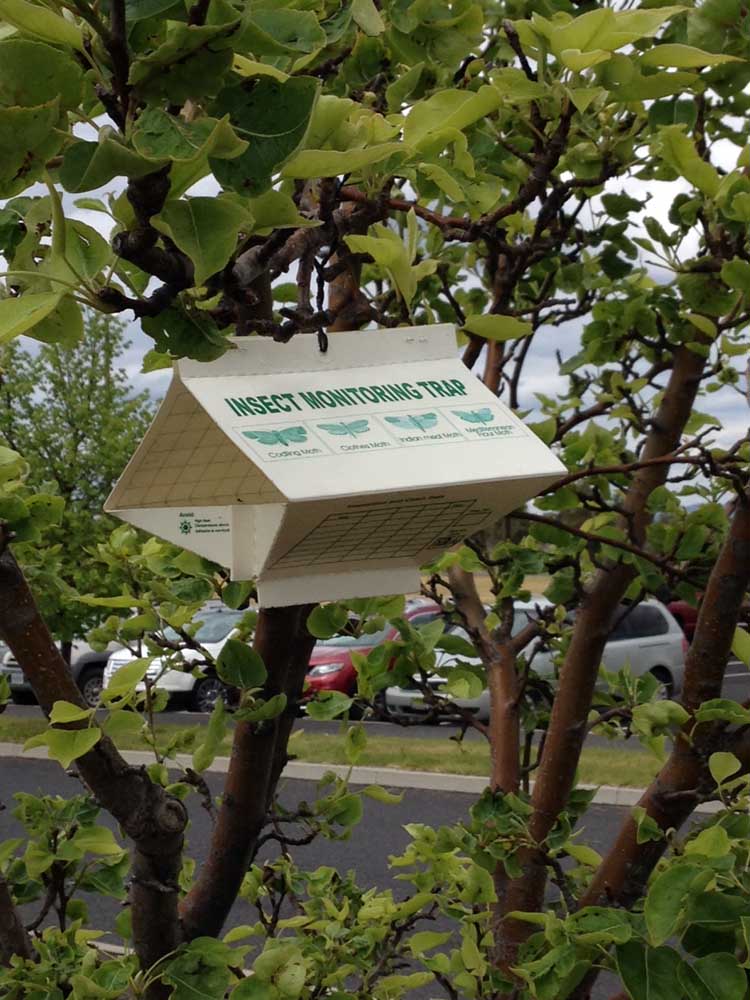How can I avoid wormy apple trees?
Published 5:36 am Wednesday, April 26, 2017

- How can I avoid wormy apple trees?
Q: What do I spray on my trees to keep from getting wormy apples?
A: I don’t know about you, but nothing is worse than biting into a homegrown apple only to realize you may have ingested a little more than the fruit itself. Extra protein, right?
Trending
Although it seems early to be thinking about harvesting apples in Central Oregon, now is the time to be thinking about your best plan of attack to keep wormy apples at bay.
Let’s start by learning a little more about the “worm” itself. It is actually the larval stage of the codling moth that can make your fruit look a little less than appetizing, and we have a healthy population of them in Central Oregon.
The codling moth is a serious pest of both apple and pear trees locally, as well as on a statewide and national level. It is important for backyard gardeners to do their part in minimizing the population to protect our tree fruit industry statewide.
The key to effectively managing the codling moth is to be using integrated pest management techniques at the right time.
Timing is everything.
So, when is the best time to be spraying? Unfortunately, there is no easy answer. The timing changes every year depending on the weather. It will not do you any good to be spraying for an insect that has not hatched yet, and the life cycle of the moth is dependent on the weather.
Trending
The first step is to be monitoring the flight of the moth. In an effort to take the guesswork out of when the moth is flying and laying eggs, the Oregon State University Extension Service has started a free program called Project Happy Apples. The goal of this project is to assist homeowners in knowing when to do what so that moth management will be more successful.
The OSU Extension will do all the legwork in monitoring temperature and suggesting the time frame of when to act. If you sign up for the program, you will receive timely emails with action items, supply lists, costs, photos, etc. This research-based information will guide you through the steps of monitoring and managing your moth population, which may or may not include any spraying at all. Emails will provide cultural, biological and chemical control, including organic and least toxic control methods that are research based and shown to work. The pros and cons of each method are presented so homeowners can make an informed decision on how they want to manage their fruit trees.
When it comes to spraying your fruit trees in general, know what you are spraying for or trying to manage. Broad spectrum or combination sprays may be overkill and knock out beneficial insects. Identifying the insect pest or disease (such as powdery mildew) is critical in effectively managing to prevent damage to the fruit or tree.
Need help identifying the problem? Call our local plant clinic at 541-548-6088. Once the problem has been identified, we can suggest management.
To sign up for Project Happy Apples go to http://extension.oregonstate.edu/deschutes/project-happy-apples.
— Amy Jo Detweiler, Oregon State University Extension Service horticulture faculty for Central Oregon, associate professor and Master Gardener program supervisor.








